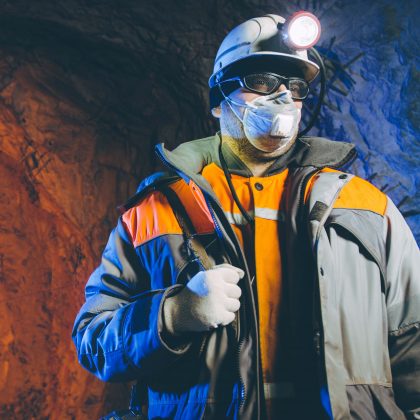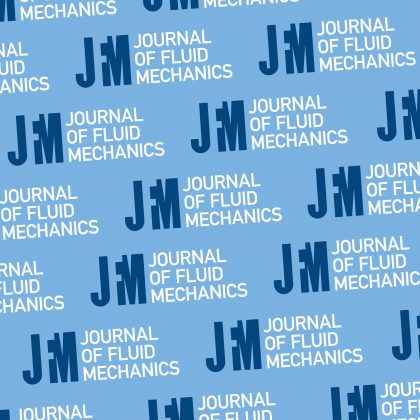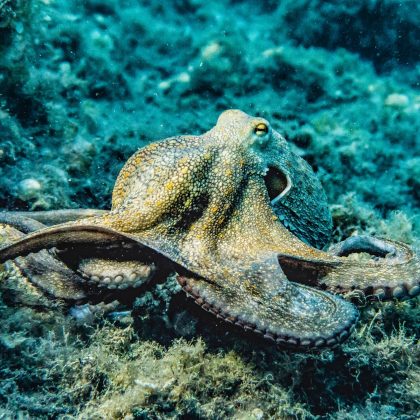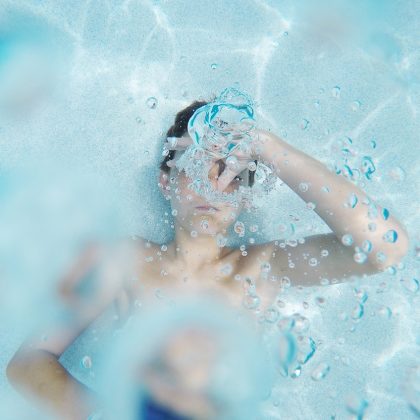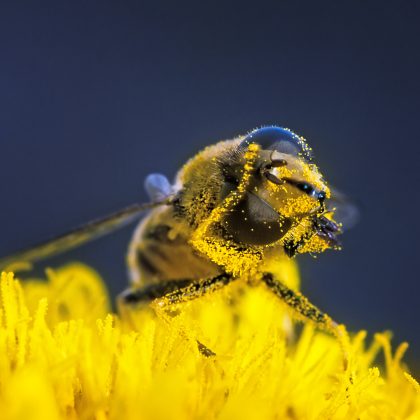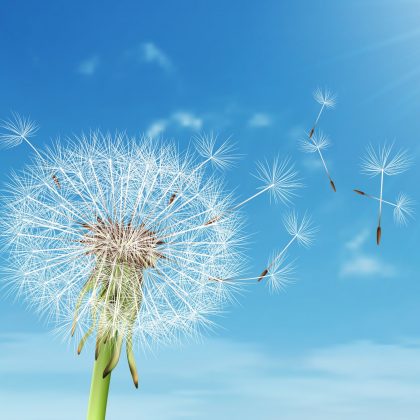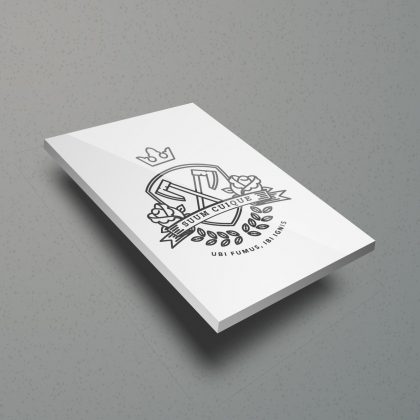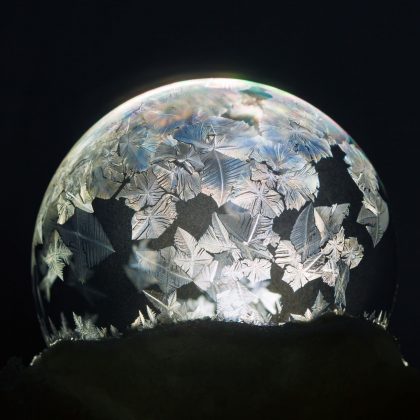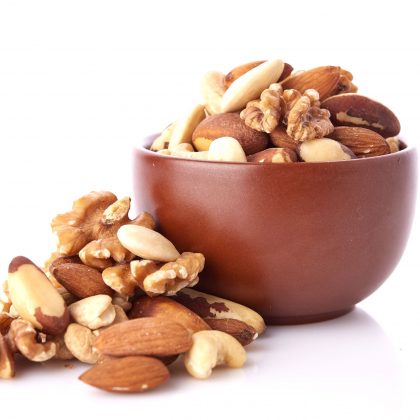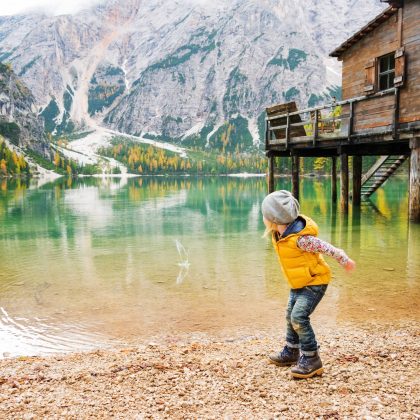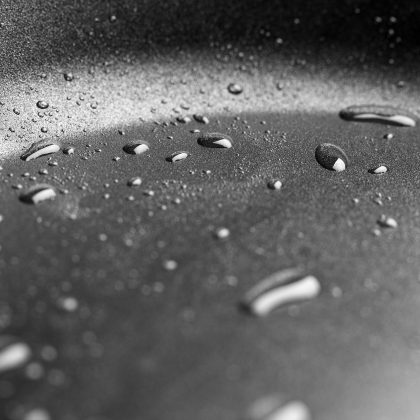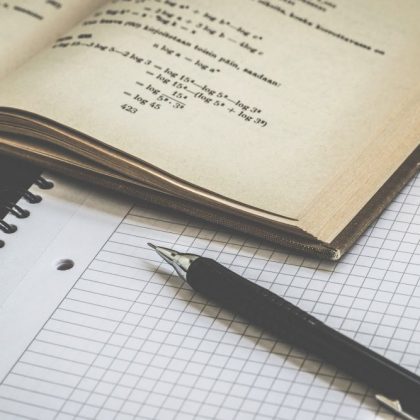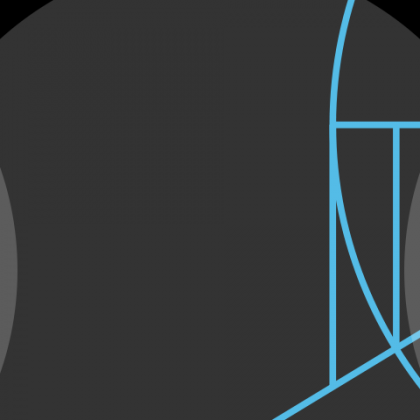Jesse Lund · 21 August 2019
Beyond its theoretical contribution, this work also has signi�cant practical impact. It provides new and important insight into how to adapt and optimize the performance of compressed sensing in practical applications. It introduces a new generation of sampling strategies based on multilevel random sampling which are both theoretically optimal and outperform previous state-of-the-art approaches in practice. It has led to new approaches in MRI, NMR, uorescence microscopy and helium atom scattering which offer signi�cant performance gains.
